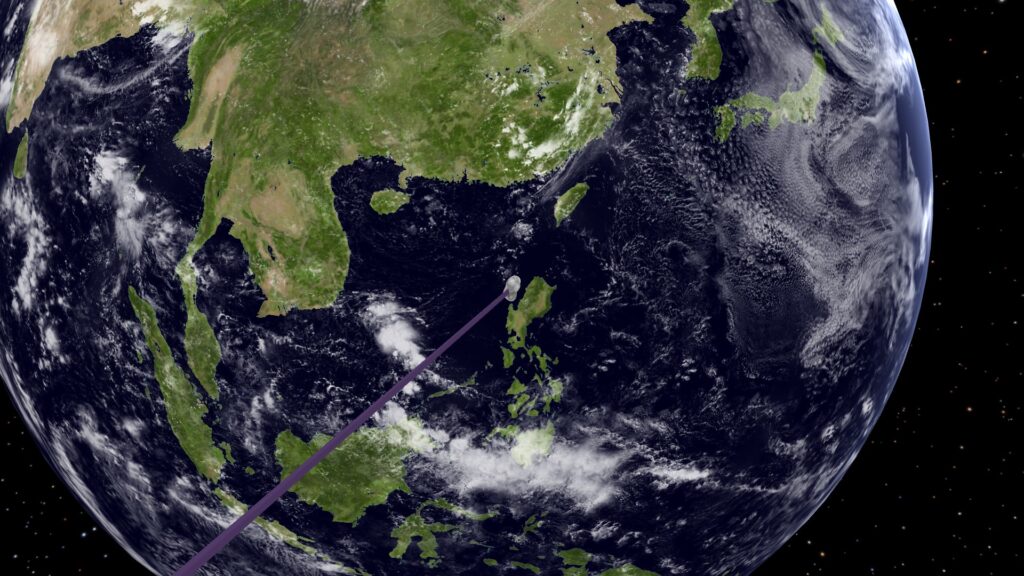This video tells about the planet Mercury and its motion around the Sun. The trajectory of Mercury against the background of stars and its orbit around the Sun when observed from Earth are clearly shown.
The surface of Mercury is very similar to the surface of the Moon. Mercury is covered by craters. This is the smallest planet in the Solar system. And the closest one to the Sun. Mercury, along with Venus, Earth and Mars, is one of the terrestrial planets. Mercury orbit is visibly elongated and inclined to the ecliptic plane. The study of this planet orbit led to the creation of the general theory of relativity.
Mercury looks like a pretty bright star to the naked eye. But it is very difficult to see it, because it never moves further from the Sun than 28 degrees. You can try to see it either in the evening, immediately after sunset, or in the morning, shortly before sunrise. Despite its brightness, Mercury is lost against the background of a light twilight sky. Many people may never see it in their entire lives. It is best to observe Mercury at the equator and in the tropics, because there is the shortest duration of twilight. In the middle latitudes, the best conditions for its visibility come in spring or autumn.
See video with subtitles.
Modeling and rendering were performed by author of AstroTubo channel using own software. The calculations took into account the mutual influence of the Sun, all the planets of the Solar System and the Moon on each other. Relativistic effects were also taken into account in the calculation.
The track ‘Oxforf_by_Night.mp3’ by Koi-discovery sounds in this video. This track was not changed. Link: https://freemusicarchive.org/music/koi-discovery/ante-chrysalide/oxforf-by-nightmp3/
CC0 1.0 Universal (CC0 1.0) Public Domain Dedication license:
https://creativecommons.org/publicdomain/zero/1.0/





